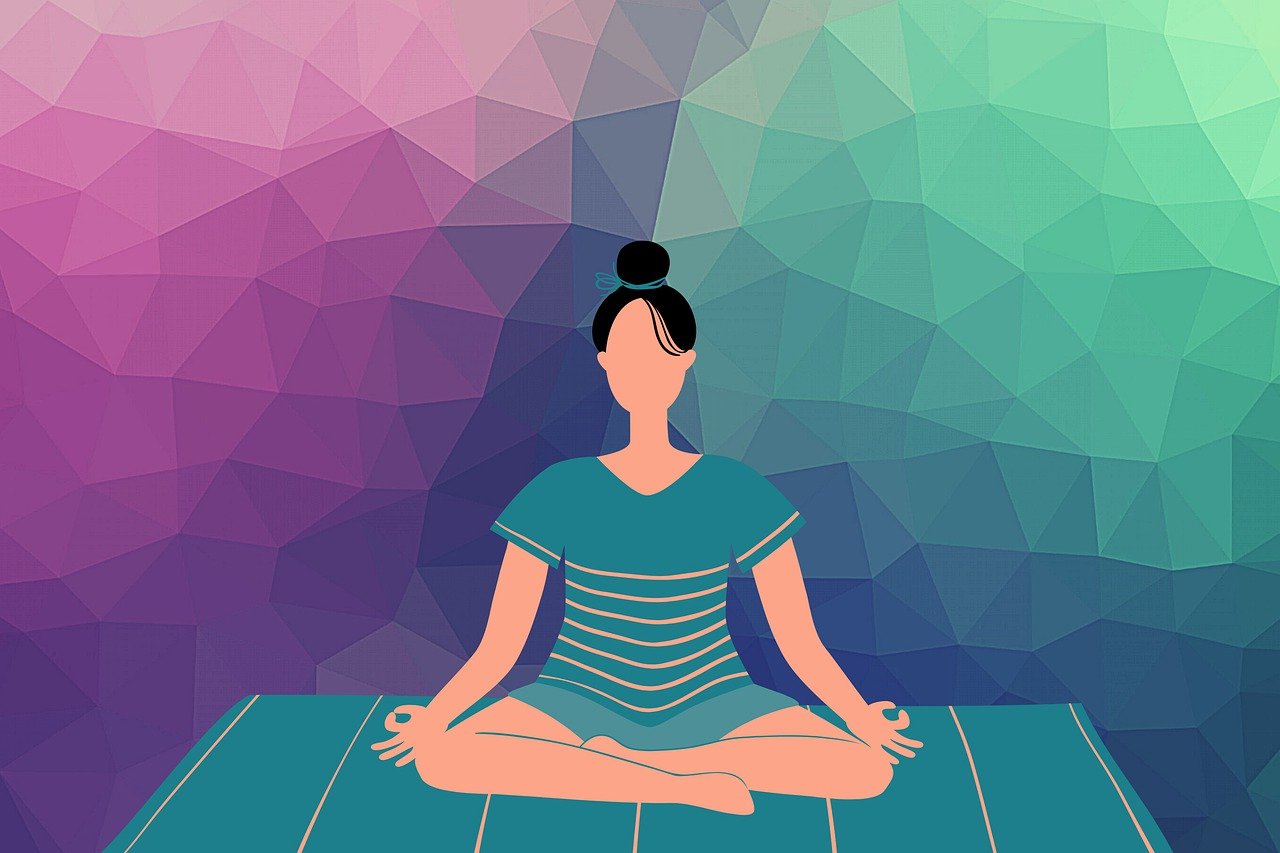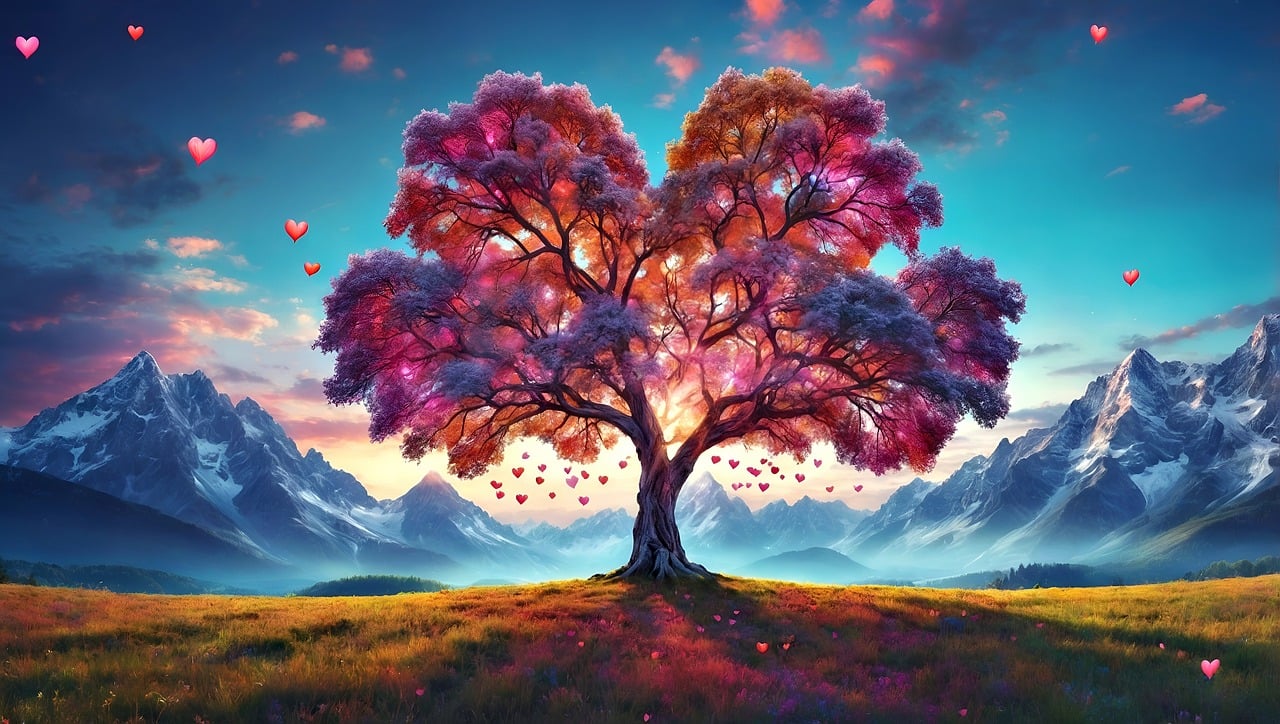Aura Colors Across Cultures: A Global Kaleidoscope

Before diving in, please note: This post is for informational purposes only. If you’d like to know more about how we approach topics, feel free to check out our friendly Disclaimer Page.
Hey there, amazing readers! 🖐️ Just a quick note: yes, we know there are a lot of ads here. Trust us, we get it—it’s not the prettiest look, but they help us keep this blog alive and kicking. Those pesky little ads cover the costs of all the behind-the-scenes magic, from hosting and tech stuff to creating content we hope you’ll love.
We’re committed to delivering quality posts, and your support (even just sticking around despite the ads) means everything to us. So, bear with us, and thanks for helping us keep the good vibes rolling. Now, on to the fun stuff! 😉
TRANSLATE BUTTON AT THE END OF THE ARTICLE
For centuries, humans have gazed beyond the visible spectrum, seeking to understand the unseen energy fields that surround us.
This unseen energy, often referred to as the aura, has captivated mystics, healers, and spiritual seekers across the globe, sparking a vibrant tapestry of beliefs and interpretations about its colors and their meanings.
Embark with me on a journey through diverse cultures, exploring how they perceive and interpret aura colors, revealing the fascinating kaleidoscope of human understanding.
Eastward Bound: Ancient Wisdom in Vibrant Hues
In the East, aura colors hold immense significance, often woven into ancient traditions and philosophies.
In India, the aura is known as the “Pranamaya Kosha,” a layer of the subtle body believed to be connected to the breath and life force.
Each color is associated with specific chakras, energy centers governing various aspects of our being.
Red signifies vitality and passion, orange creativity and joy, yellow intellect and wisdom, green balance and growth, blue intuition and communication, indigo connection and higher consciousness, and violet spirituality and transformation.
Similarly, in Chinese culture, the aura is called the “Qi” or “Aura of Life Force.” Five main colors are identified: red for vitality and passion, yellow for earth and prosperity, blue for communication and healing, white for purity and potential, and black for transformation and mystery.
Each color is believed to influence various aspects of life, health, and fortune.
Westward Explorations: Mystical Visions and Modern Interpretations
In Western traditions, the concept of the aura gained prominence in the 19th century with the rise of Spiritualism and New Age movements.
Theosophical teachings like those of Annie Besant described the aura as a seven-layered “egg-shaped” field around the body, each layer corresponding to different aspects of our being, physical, emotional, mental, and spiritual.
The colors of these layers, again, were associated with specific qualities, with red representing passion and grounding, orange creativity and social connection, yellow intellect and optimism, green growth and healing, blue intuition and communication, indigo wisdom and connection to the divine, and violet spirituality and transformation.
Modern interpretations of the aura have drawn from various sources, including psychology, energy medicine, and color theory.
Auras are often seen as dynamic reflections of our emotional and mental state, with colors shifting and changing as our moods and thoughts fluctuate.
Some practitioners even use aura readings as a tool for self-understanding and personal growth.
Beyond Borders: A Tapestry of Unique Perspectives
While these broad strokes paint a picture of commonalities in aura interpretation, the beauty of this exploration lies in the unique perspectives offered by different cultures around the world.
In the Aboriginal cultures of Australia, for instance, auras are seen as interconnected with the land and ancestral spirits.
Specific colors are associated with different Dreaming tracks, representing ancestral journeys and creation stories.
In the Shinto tradition of Japan, auras are believed to be formed by the “ki,” or vital energy, flowing through the body.
Different colors indicate imbalances or blockages in the ki flow, which can be addressed through traditional practices like acupuncture or moxibustion.
Even within specific cultures, interpretations can vary.
In the diverse landscape of African traditions, the concept of the aura may be known by different names and associated with specific spiritual practices, such as divination or healing rituals.
Unveiling the Nuances: A Multifaceted Lens
It is crucial to remember that aura interpretation is not a rigid system with universally agreed-upon meanings.
Colors can hold different connotations depending on the cultural context, individual experiences, and even the interpreter’s own perspective.
The key lies in approaching these interpretations with an open mind, appreciating the richness of diverse beliefs and recognizing that there is no single “correct” way to understand the aura.
Bridging the Gap: A Call for Cultural Sensitivity
As we explore the fascinating world of aura colors across cultures, it is vital to practice cultural sensitivity and avoid appropriating or misinterpreting traditional beliefs.
Engage with respect and a genuine desire to learn, understanding that these interpretations are often deeply rooted in cultural values and practices.
The Global Tapestry: A Celebration of Human Diversity
Ultimately, the exploration of aura colors across cultures serves as a testament to the incredible diversity of human understanding and the interconnectedness of our species.
It reminds us that our inner landscapes, just like the auras that surround us, are vibrant tapestries woven from unique experiences, beliefs, and perspectives.
By embracing this diversity and approaching it with open hearts and minds, we can deepen our understanding of ourselves, each other, and the invisible forces that connect us all.
Remember, the journey of understanding aura colors is not a destination but a continuous exploration.
As you delve into different cultures and traditions, keep your mind open to new possibilities and let the shimmering whispers of unseen worlds paint your own unique understanding of the rainbow within.

The Enlightenment Journey is a remarkable collection of writings authored by a distinguished group of experts in the fields of spirituality, new age, and esoteric knowledge.
This anthology features a diverse assembly of well-experienced authors who bring their profound insights and credible perspectives to the forefront.
Each contributor possesses a wealth of knowledge and wisdom, making them authorities in their respective domains.
Together, they offer readers a transformative journey into the realms of spiritual growth, self-discovery, and esoteric enlightenment.
The Enlightenment Journey is a testament to the collective expertise of these luminaries, providing readers with a rich tapestry of ideas and information to illuminate their spiritual path.
Our Diverse Expertise 🌟
While our primary focus is on spirituality and esotericism, we are equally passionate about exploring a wide range of other topics and niches 🌍📚. Our experienced team is dedicated to delivering high-quality, informative content across various subjects ✨.
To ensure we provide the most accurate and valuable insights, we collaborate with trusted experts in their respective domains 🧑🏫👩🏫. This allows us to offer well-rounded perspectives and knowledge to our readers.
Our blog originally focused on spirituality and metaphysics, but we’ve since expanded to cover a wide range of niches. Don’t worry—we continue to publish a lot of articles on spirituality! Frequently visit our blog to explore our diverse content and stay tuned for more insightful reads.







